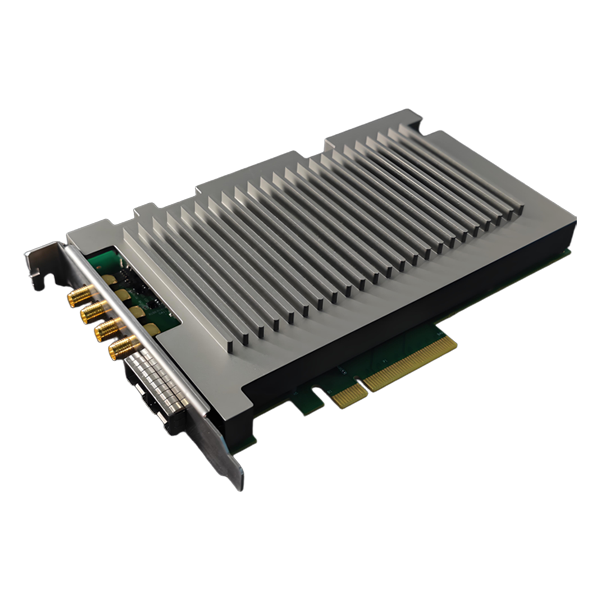How to Choose a DAS Data Acquisition Card
How to Choose a DAS Data Acquisition Card
Sampling Rate
Distributed fiber optic acoustic sensing systems are implemented in a variety of ways in the optical path, ranging from those of the common coherent scheme to those of the chirp-sweep scheme.Regardless of that kind of program for the choice of capture card, we need to consider is the signal bandwidth is how much?For example, in coherent detection schemes, we usually use AOM for pulse signal modulation, and the frequency shift parameter of the AOM used is usually 80M or 200M.
When we choose an 80M AOM, we can choose a data acquisition card with a 250M sampling rate. When we choose 200M AOM ( WXG-DAQ-2480), we can choose 1G sampling rate data acquisition card.

Number of Capture Card Bits
250M sample rate capture card with 14 bits.
For 1G sampling rate capture cards, the number of bits is 16.
Physical Interface
We use either a PCIE x8 interface or a 10 Gigabit optical network interface.
Pulse Output or Input
In a distributed fiber optic sensing system it is necessary to punch pulses into the fiber first and then collect them, so it is better for the acquisition card to have a pulse signal output or input function. If the pulse output function is integrated, then it will greatly simplify the complexity of the DAS system.
Number of Channels
Can support 2 channels of synchronized sampling
Built-in IQ demodulation algorithm
If the coherent detection optical path is sampled, then demodulation of the DAS system requires IQ demodulation followed by phase unwrapping. So if IQ demodulation is built into the acquisition card then data demodulation will be more convenient.
Therefore, we have built-in IQ demodulation algorithm in our DAS data acquisition cards.
Operating Platform
For the data acquisition card to run, it needs a driver installation first. The drivers for our DAS data acquisition cards support both Windows and Linux platforms for operation.